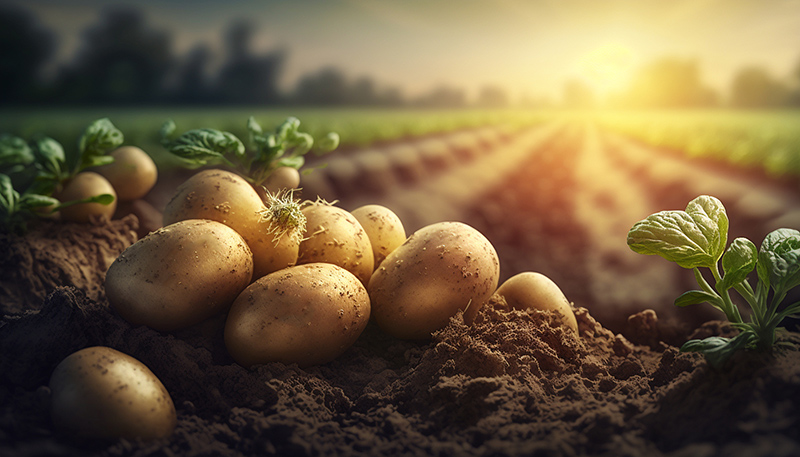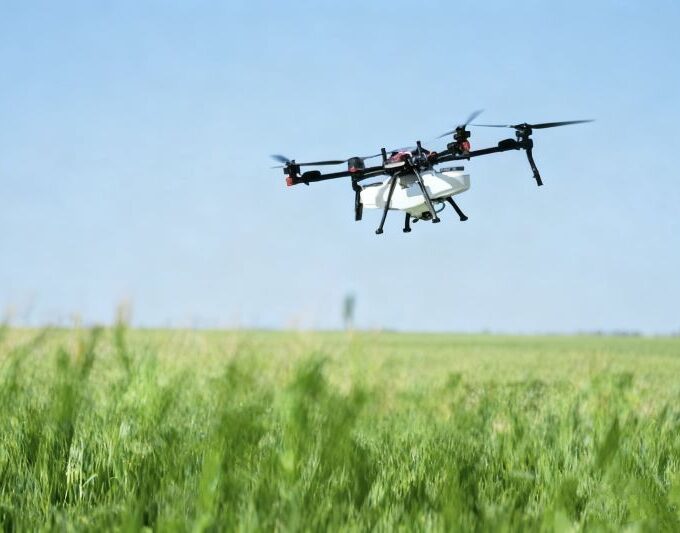A joint research team from Belgorod State Research University in Russia and Dezhou University in China recently made significant progress in plant stress tolerance research. By deeply analyzing the cellular responses of potatoes to harsh growing environments such as salt stress, the researchers successfully identified 29 key genes associated with endoplasmic reticulum stress responses. This research lays a molecular foundation for breeding highly stress-tolerant potato varieties and developing new biopharmaceuticals. This latest research finding is of great significance for addressing food security challenges in the context of global climate change.
With increasing global challenges such as soil salinization, frequent droughts, and pesticide residues, crop yield stability faces severe challenges. The Food and Agriculture Organization of the United Nations has repeatedly emphasized that improving the stress tolerance of major crops is a key strategy for ensuring global food security. As the world’s fourth-largest food crop, potatoes play a vital role in ensuring food security, but they are sensitive to their growing environment and have limited stress tolerance. Against this backdrop, improving potato survival and yield under abiotic stress has become a key research focus in agricultural science and technology.
Unlike previous studies that mostly relied on phenotypic indicators such as plant height and tuber number, this joint Chinese-Russian team delved deeper into the cellular level, focusing on the response of the endoplasmic reticulum—a key organelle responsible for protein synthesis, folding, and transport—to stress. In their recently published study, the team used bioinformatics methods to systematically analyze the potato genome, identifying 29 genes associated with endoplasmic reticulum stress response and clarifying the expression patterns of these genes in different tissues, including roots, leaves, and tubers.

Ina Solyanikova, Director of the Regional Microbiology Center at Belgorod State University, noted, “Assessing at the cellular level allows us to more precisely understand the intrinsic responses of plants to stresses like salt stress, including physiological processes such as changes in photosynthetic efficiency and enzyme activity. This mechanistic approach is more forward-looking and instructive than relying solely on external morphological indicators.”
The research team stated that in-depth analysis of these gene functions will support two major application directions: first, the selection of new, more stress-resistant potato varieties through molecular marker-assisted breeding or gene editing; and second, the development of microbial-based biopharmaceuticals to enhance plant environmental adaptability by modulating endogenous stress resistance mechanisms.
Currently, scientists from both sides are actively advancing the latest research plans, focusing on the development of compound biological preparations. This formulation aims to simultaneously enhance potatoes’ resistance to stresses like salinity and drought, while also strengthening their immune defenses against pathogens, thereby reducing the use of chemical pesticides and promoting the establishment of green agricultural production models. The project has reportedly been jointly applied for funding from the Russian-Chinese Science Foundation, and field trials are expected to be conducted in multiple agricultural ecological zones in China and Eurasia.
This research not only provides a new target for potato stress-resistant breeding but also offers a research path that can be used as a reference for other crops to cope with adverse stress, demonstrating the important role of transnational industry-university-research cooperation in addressing global agricultural issues.












